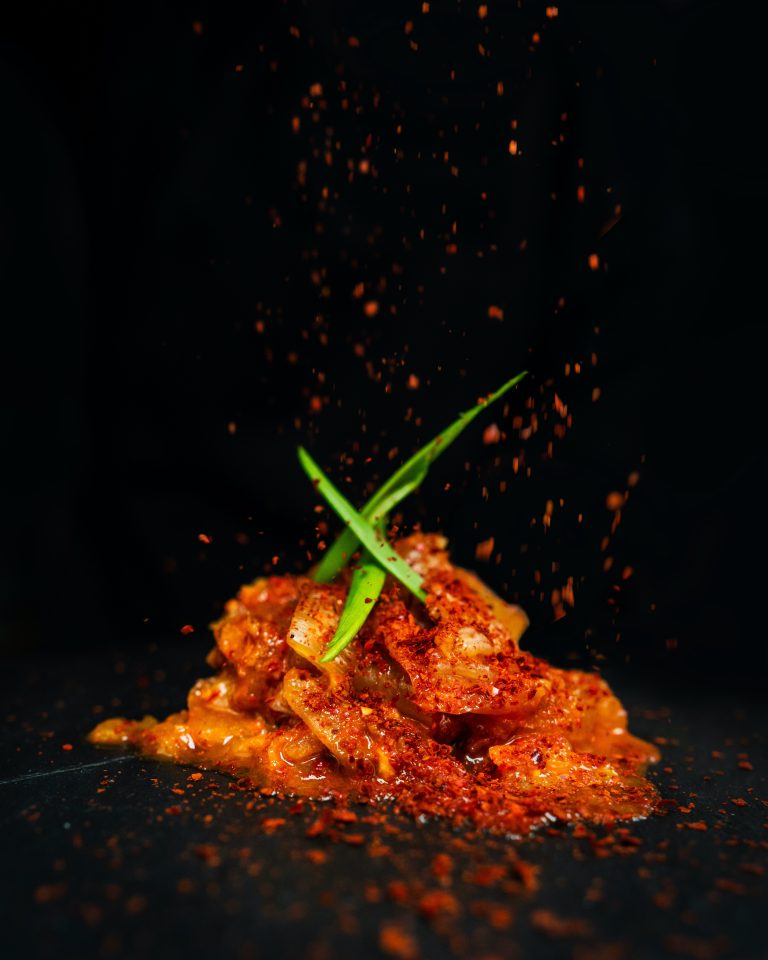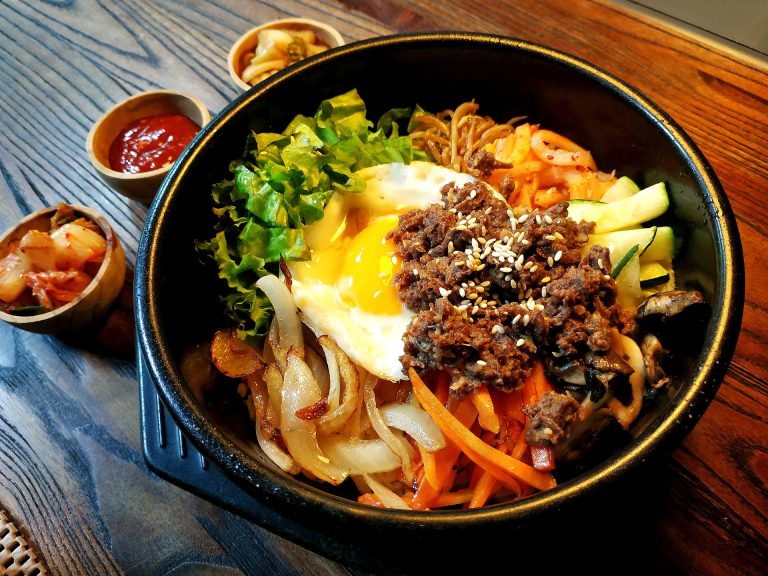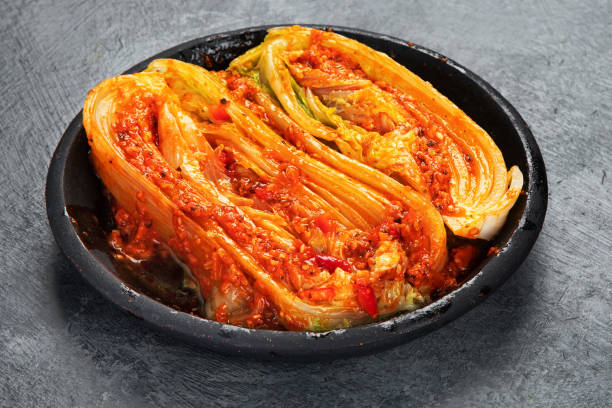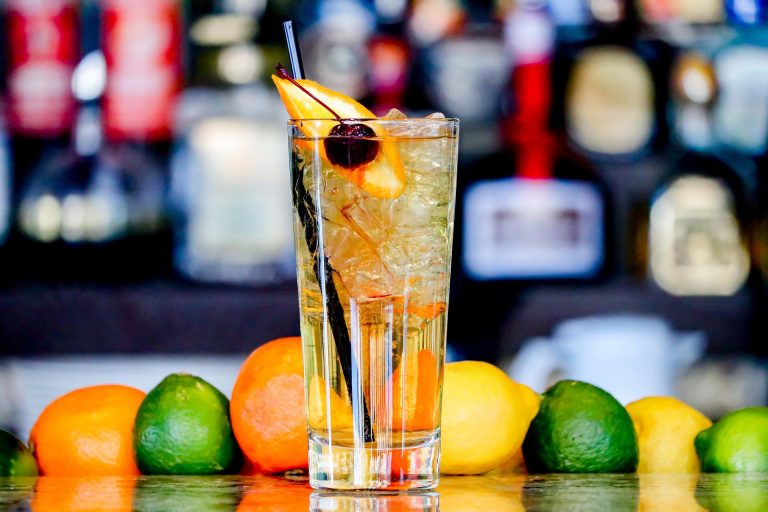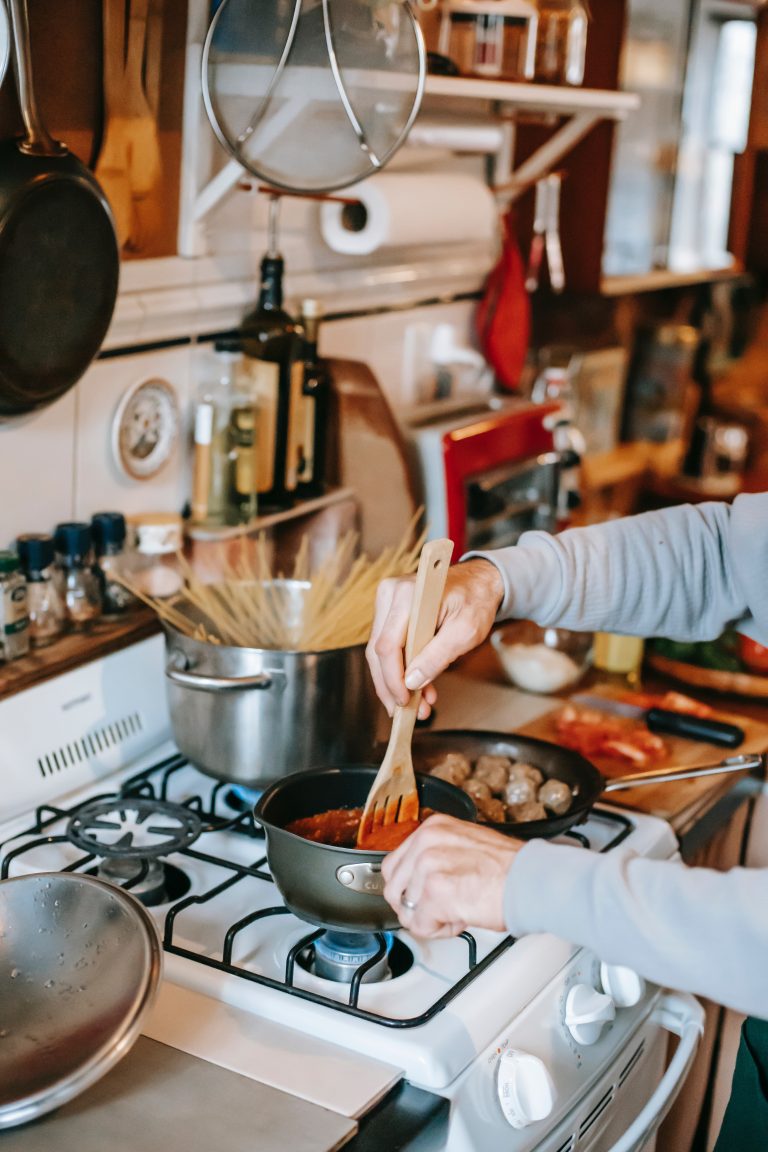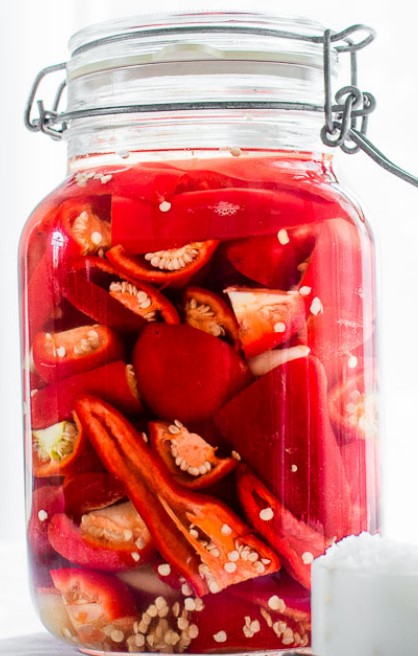Does Cooking Fermented Food Kill Bacteria?
Are you a fan of enjoying your food at warm or hot temperatures?
Maybe sauerkraut as a side to your meat and potatoes, or even some hot kimchi soup?
When you eat your food this way, you might have wondered what happens to the organisms in it.
One of the main reasons you eat fermentable food may be because of the good bacteria that provide some nice health benefits.
Is cooking fermentable food a good way to kill bacteria?
Yes, and in some cases can help prevent the growth of dangerous bacteria. The natural process of fermentation keeps these microorganisms safe from growth.
It will only work if you heat it to temperatures greater than 115 F.
Table of Contents
What Is Fermented Food?
For those of you who don’t know what a ferment is, let me explain it first. Fermented food is food that has been created through a combination of growth and action.
If you have ever taken a sip of beer or wine, you already have a taste of what it is like to ferment food.
In addition to alcohol, some other popular foods are also fermentable.
- Cultured dairy products
- Kombucha
- Kimchi
- Miso
- Sauerkraut
- Hot sauce
- Honey
- Pickles
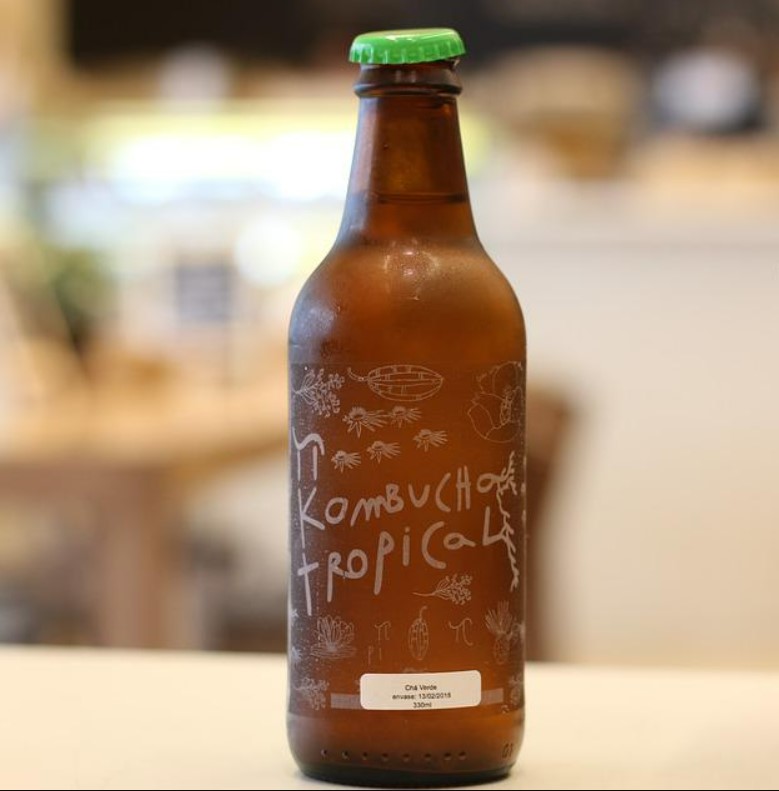
These products are in our sight all the time. Most of us don’t pay much attention to what’s in these foods or how they affect our health.
When we hear the word bacteria, our mind tends to associate it with a negative thing.
Certain types of bacteria can make us sick, and we make a point to avoid contact with them and use cleaning products to kill them.
Some of the types of bacteria found in food are not the same as you might think.
Fermented foods can help our bodies balance out the number of bad bacteria we have and have other benefits, such as improving our health and preventing disease.
Bacteria in Fermented Food
Fermented foods are becoming more and more popular, and consuming some of these products has become a sort of new health craze.
Some fermented foods don’t have any living organisms, while other fermented foods have a lot of living organisms.
You are probably aware of the benefits of eating yogurt with probiotics. Good bacteria and yeast are two of the things that make up yogurt’s good bacteria and yeast.
The most common types of good bacteria in the world are bifidobacterium and lactobacillus, while the most common type of yeast in the world is Saccharomyces boulardii.
Good bacteria can live in several places in your body, such as your gut, urinary tract, and skin.
They help perform important tasks, such as aiding in digestion, fighting off bad bacteria, and keeping harmful bacteria out of your bloodstream.
These helpful additions to enhance our health are some of the benefits that we love to reap from eating foods that contain them.
Is it possible that when we cook these foods, we are killing the probiotics?

Does Cooking Fermented Foods Kill the Probiotics?
When we ferment foods or buy them from the store, they are usually at room temperature or refrigerated, and these are the temperatures at which we typically eat them.
If you like to cook your sauerkraut or eat your kimchi in a soup, you might have a question about what happens to the probiotics in your food.
The answer is that you would only be killing the ones that were at a certain threshold.
The good bacteria that make up the probiotics are killed off by cooking or heating the fermented foods.
This is only possible at temperatures above 115 F, more on this in the next section. The majority of us consume our meals in a hurry or on the go.
We often use our microwaves to cook our meals, or even to heat leftovers for convenience. If you are microwaving your foods, you are killing off the good bacteria.
A process called pasteurization is often done in the food industry to prolong the shelf-life of canned foods, and when you buy canned and fermented foods, they have been heated before canning to kill off any bacteria that would cause them to spoil Because of this, they don’t have as many fermentable foods compared to refrigerated fermentable foods.
If you are a person who eats a lot of food that is fermentable, the best things you can do are to:
- If you want to make your fermented food at home, buy refrigerated foods which are usually jarred.
- It’s possible to ferment food yourself at home.
If you are making your food at home, you should know that other things stop it from being fermentable.
What Temperature Kills Probiotics?
While it may be tempting to use some of these foods while cooking your meals, cooking them at high temperatures or for a long period can kill your good gut bacteria.
A study shows that food cooked at 140F for fifteen minutes kills off most of the bacterial cultures.
When the food reaches a temperature of 115F, it’s time for the probiotics to be killed.
You must pay attention to the details of your recipe when cooking dishes with these kinds of foods.
When you purchase these foods from the store, they are already safe to eat, so you don’t need to cook them to a specific internal temperature when you bring them home.
You can consume them as you please. If you want to serve or consume these foods warm, you can always heat them for a short time on your stovetop.
It is recommended that the cooking time is very short so that you don’t lose out on the good bacteria in your food prep process.
If you follow these easy tips, you can break the health benefits you get from your fermentable foods.
FAQ
Does Cooking Kimchi Kill Probiotics?
If the kimchi is at a temperature of 115F or higher, it can be killed by its probiotics. kimchi doesn’t have to be cooked and is safe to eat as is.
If you want to heat it, use a low temperature and do not heat it for too long.
Throw in the kimchi at the end of the dish if you want to get the benefits of having a good immune system.
You can throw in the second half of the dish at the end if you divide the amount you need for it in half.
Does Cooking Miso Kill Probiotics?
If the temperature of the miso is 115F or higher, it can be killed by its probiotics. The boiling water will kill the probiotics, so don’t throw it in with the boiling water too early.
Wait until the soup is done, take it off the heat, and then mix it in.
At this point, the soup should be hot enough to kill off the probiotics, but not hot enough to cause the miso to be dissolved.
Does Cooking Sauerkraut Kill Probiotics?
If the sauerkraut reaches a temperature of 115F or more, it can kill its beneficial organisms. sauerkraut is safe to eat as is and doesn’t have to be cooked.
If you want to heat it, use a low temperature, and don’t heat it for too long. Adding sauerkraut at the end will make sure the sauerkraut isn’t cooked for too long.
Does Cooking Tempeh Kill Probiotics?
If the temperature reaches 115F or over, it can cause death to its probiotics. Some people say you can’t eat it raw, while others say it’s fine to eat it raw.
To make sure it’s cooked, check the packaging to make sure it’s ready, and follow the instructions for preparing it.
Does Heat Kill Probiotics in Yogurt?
If the temperature is 115F or higher, the yogurt will be killed by the probiotics. If the temperature is too high, the yogurt will start to lose its flavor.
If you need to heat yogurt, keep the heat on low or add it to the dish at the end.
Conclusion
It’s important to be careful with how much time you spend heating your fermented foods on your stove if you want to change from eating them cold or at room temperature to heating them.
It is advisable to do so to ensure you get the most nutrition from them. It is a good idea to expand your understanding of the health benefits associated with eating fermented foods.
You will be able to preserve and reap the benefits of the probiotics in your food if you learn how to prepare fermentable foods properly.
If you ever go to the grocery store, remember to avoid canned sauerkraut and try to find it in the refrigerated section.
It’s even better to make your sauerkraut at home. When it’s time to heat it, be careful with the temperature you use.

Foodie and a passionate cook, I am here to share all of what I know about cooking, kitchen, and food prepping.
Follow me for delicious and healthy recipes.

